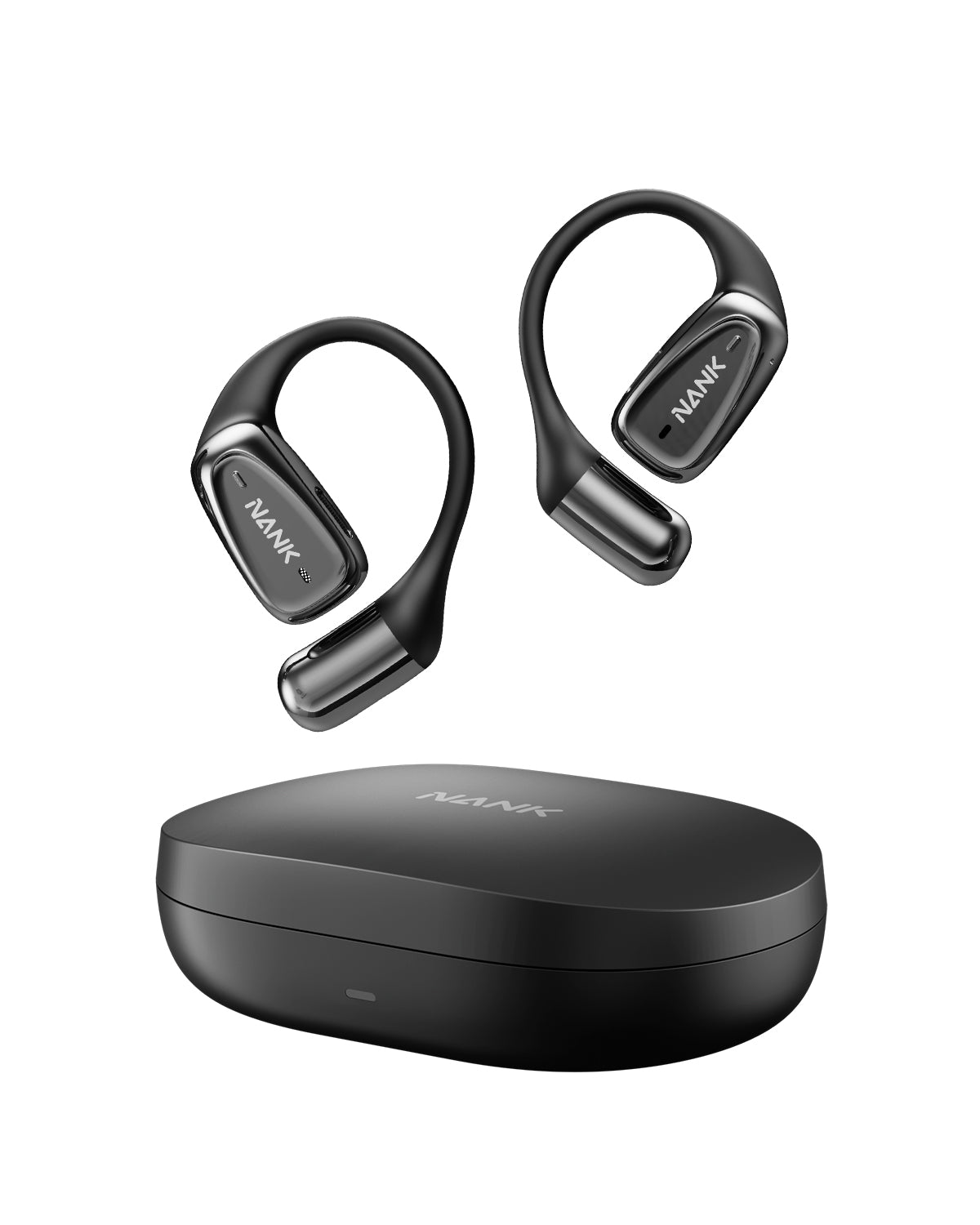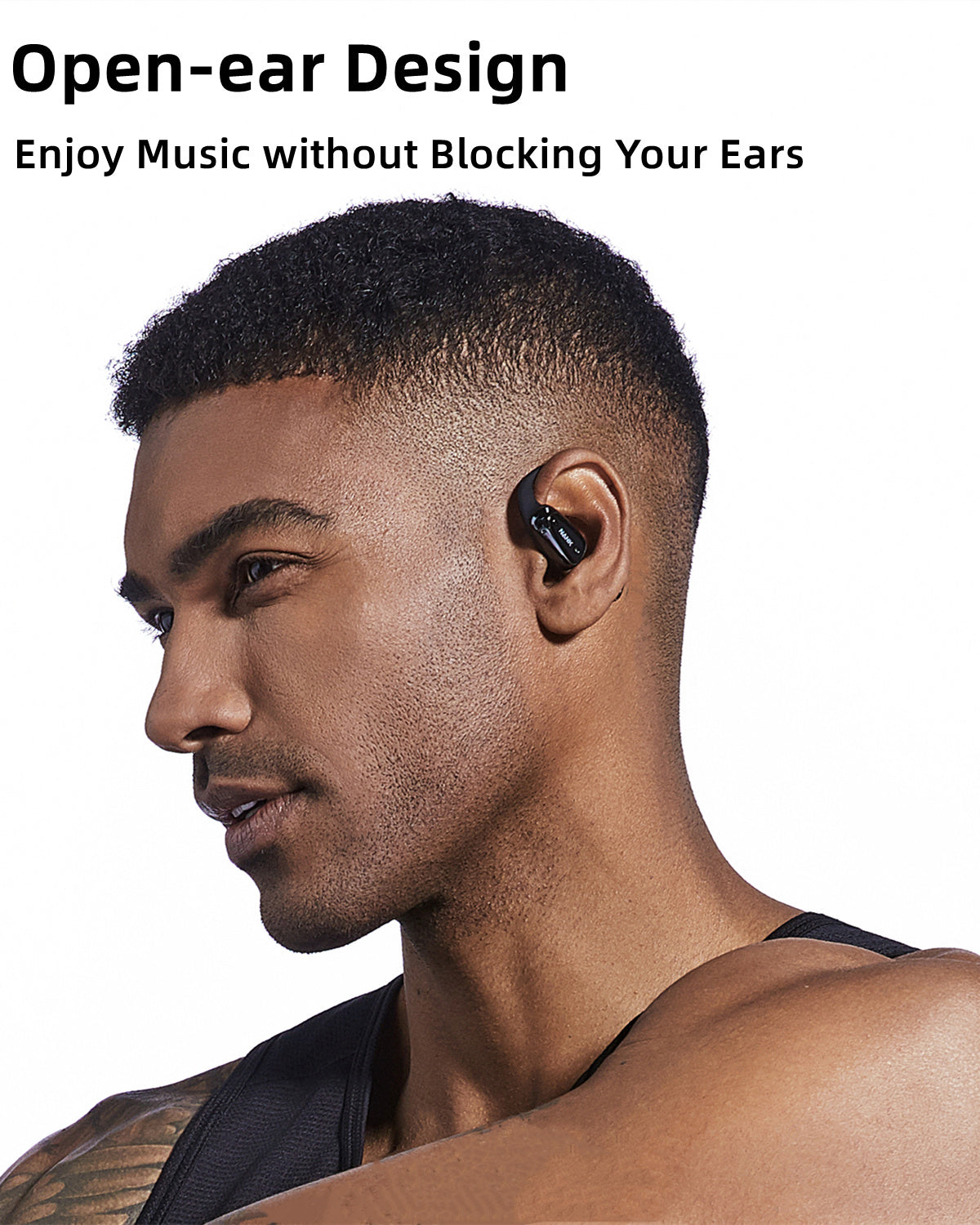FAQ
What is the point of open headphones?
Whether you choose open-ear, in-ear, or over-ear headphones, it's important to ensure they offer key features that protect your hearing: limited direct sound pressure, ambient sound awareness, and support for safe listening habits. Open-ear headphones typically allow you to hear your surroundings, helping reduce the risk of accidents, while over-ear models are generally gentler on the ear canal compared to in-ear designs.
Choosing between open-back and closed-back headphones depends on your specific needs, environment, and listening habits. Open-back headphones are ideal for comfort and sports activities, offering breathability and awareness of your surroundings. On the other hand, closed-back headphones are better suited for recording, gaming, or any situation where noise isolation and focused sound are essential.
Yes, with open-ear headphones, others may hear your music—especially if you're using open-back models that leak sound. Bone or air conduction headphones have minimal sound leakage, but it's still possible in quiet settings.
Open-ear and bone conduction headphones are not exactly the same. Open-ear refers to any design that leaves the ear canal open, allowing you to hear your surroundings. Bone conduction is a specific type of open-ear headphone that sends sound through the bones of your skull instead of your eardrums.













